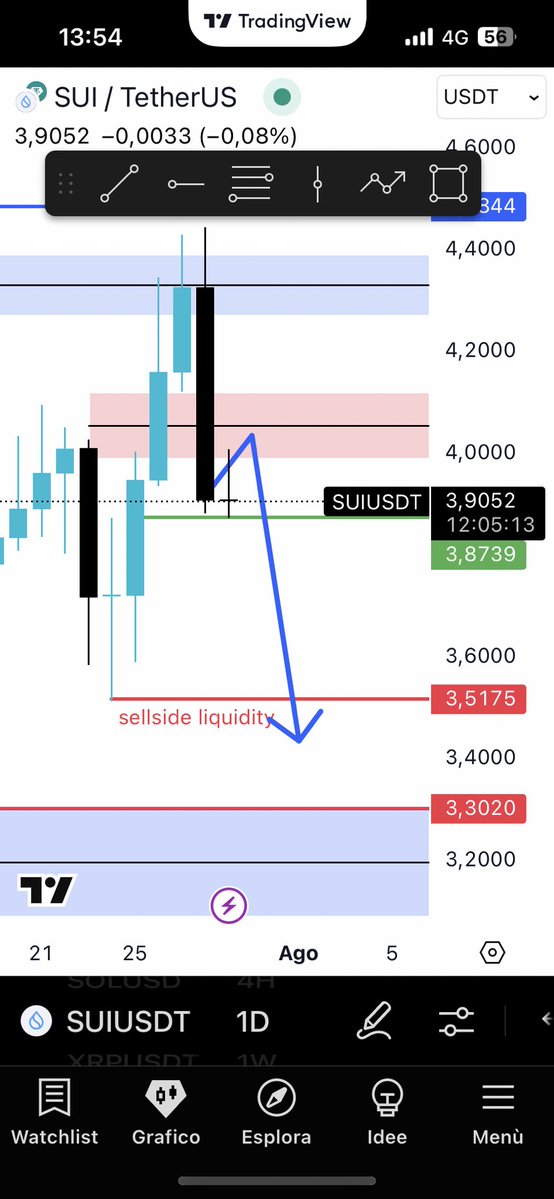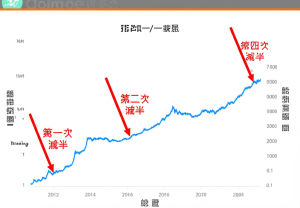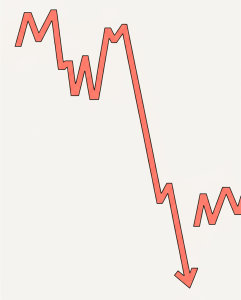
The Interplay of Emotion and Analysis in Cryptocurrency Trading
The Emotional Rollercoaster
Cryptocurrency trading is often likened to an emotional rollercoaster. The volatile nature of the market can evoke a whirlwind of feelings, from the exhilarating highs of sudden gains to the crushing lows of unexpected losses. This emotional turbulence can significantly impact decision-making, often leading traders to act impulsively rather than rationally. The tweet from @WhizW52976 underscores this point, emphasizing that in both the stock and crypto markets, decisions should be grounded in analysis rather than emotions. This is a crucial distinction, as emotional trading can lead to poor decisions and significant financial losses.
The Role of Analysis in Trading
In contrast to emotional trading, analytical trading involves a systematic approach to decision-making. This method relies on data, trends, and market indicators to inform trading strategies. For instance, @InfiniteAcee_ highlights the use of an AI-powered Telegram bot, DeCenter AI, to manage cryptocurrency portfolios and conduct market analysis. Such tools can provide valuable insights and help traders make more informed decisions.
Tools and Technologies
The advent of advanced technologies has revolutionized the way traders approach the market. AI-powered tools like DeCenter AI offer a suite of advanced features designed to transform portfolio management and market analysis. These tools can analyze vast amounts of data in real-time, identifying trends and patterns that might be missed by human analysts. This capability is particularly valuable in the fast-paced world of cryptocurrency trading, where market conditions can change rapidly.
Expert Strategies and Real-Time Analysis
Platforms that offer real-time market analysis and expert-backed strategies can be invaluable for traders. For example, the tweets from @violet380087877 and @Gabriella215675 promote platforms that provide real-time market analysis, secure transactions, and high return potential. These platforms can help traders stay ahead of the curve, making more informed and profitable decisions.
The Impact of Market Sentiment
Market sentiment plays a significant role in cryptocurrency trading. Sentiment can be bullish, indicating optimism and a belief that prices will rise, or bearish, indicating pessimism and a belief that prices will fall. For instance, @the_helixcharts notes that despite the overall bearish sentiment in the crypto market, Picoin has been showing signs of bullishness. This discrepancy highlights the importance of individual asset analysis within the broader market context.
Bullish and Bearish Indicators
Understanding bullish and bearish indicators is crucial for traders. Bullish indicators suggest that an asset’s price is likely to rise, while bearish indicators suggest it is likely to fall. For example, @helixcharts points out that Bitcoin is heading towards a specific price level, indicating a potential end-of-month downturn. Recognizing these indicators can help traders make more strategic decisions, such as buying the dip or selling before a potential drop.
The Importance of Long-Term Strategy
While short-term gains can be enticing, a long-term strategy is often more sustainable and profitable. @InfiniteAcee_ mentions adding $DeAI to their long-term portfolio, indicating a focus on long-term growth rather than short-term fluctuations. This approach can help traders weather market volatility and achieve more consistent returns.
Diversification and Risk Management
Diversification is a key component of a long-term strategy. By spreading investments across multiple assets, traders can reduce risk and increase the likelihood of positive returns. Risk management is equally important, involving strategies to limit potential losses and protect investments. Tools like DeCenter AI can assist in both diversification and risk management, providing traders with the data and insights needed to make informed decisions.
Conclusion: Balancing Emotion and Analysis
In the world of cryptocurrency trading, balancing emotion and analysis is essential. While emotions can drive impulsive decisions, analysis provides a more rational and informed approach. By leveraging advanced tools and technologies, traders can gain valuable insights and make more strategic decisions. Whether focusing on short-term gains or long-term growth, a balanced approach that combines emotional awareness with analytical rigor can lead to more successful and sustainable trading outcomes.








